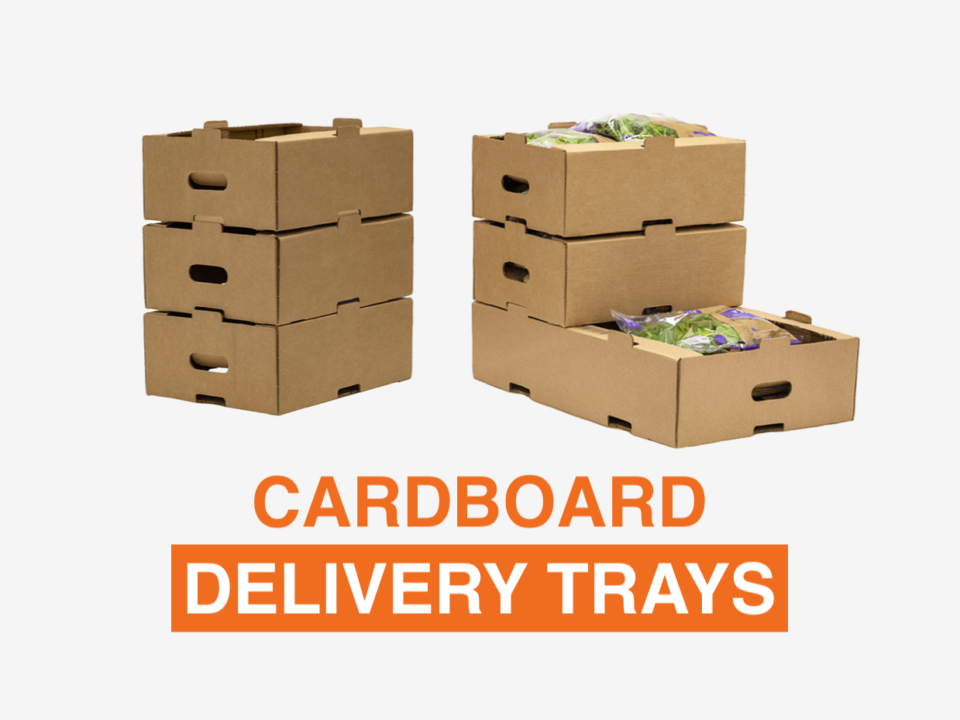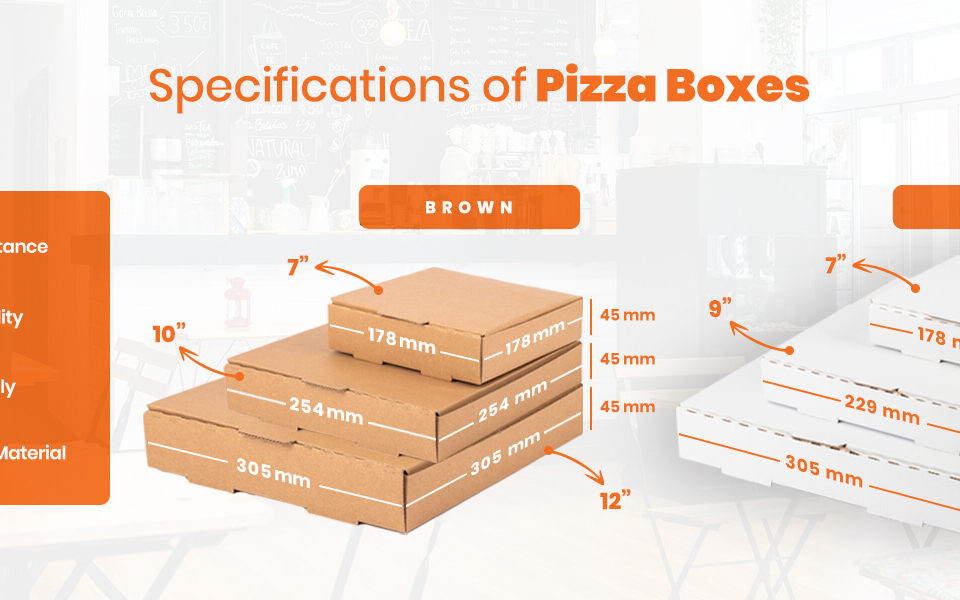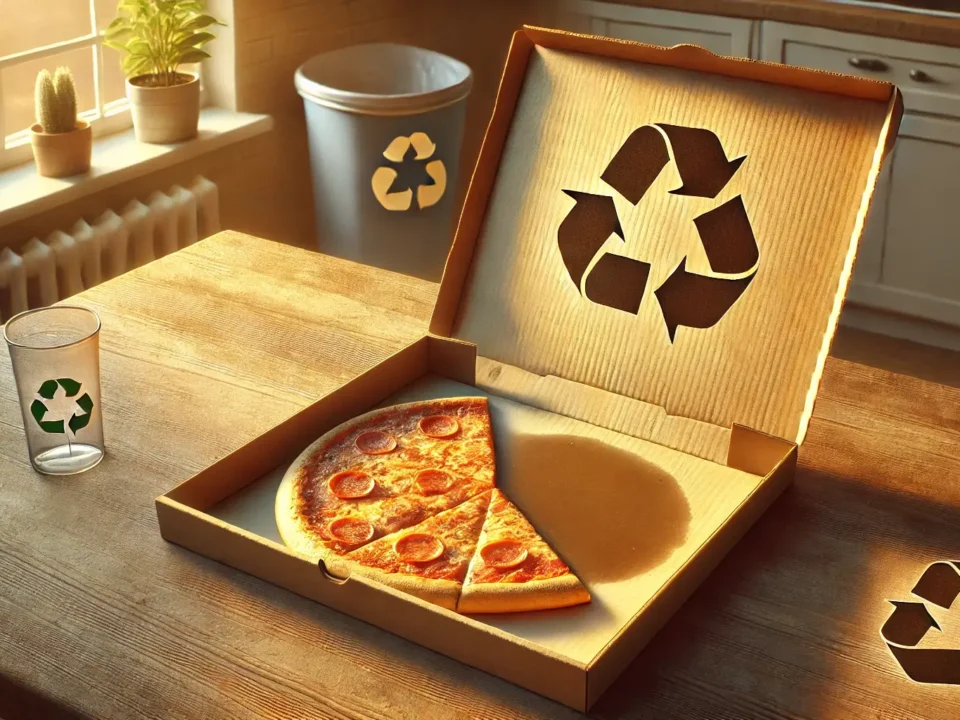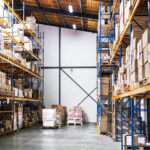
How to Choose the Best Packaging Supplier for Your Business
August 20, 2024
Essential Hygiene Products for Clinics: From Couch Covers to Napkins
September 23, 2024Freshness is the number one attribute that customers take into account while shopping for greens, and packaging is essential to delivering clean produce. The exceptional sort of packaging for vegetables isn't pretty much how they are packed in bins or bags, however includes the right materials and techniques to make certain the fee of the greens, in addition to their texture and look, from the farm to the client's kitchen.
The right packaging can help extend shelf life, reduce food waste and enhance the shopper experience. It must also allow vegetables to breathe, as they are able to release gases and moisture as part of their normal respiration. This is where breathable films, moisture-wicking liners and temperature-controlled containers come into play. Companies need to personalise packaging for positive vegetable types and their specific requirements to ensure that the product remains fresh and is delivered to the customer in the best possible way.
Optimising Freshness: Effective Packaging for Vegetables
Attention should be paid to packaging solutions that can help vegetables stay fresh, keeping their quality. Packaging should offer appropriate protection while ensuring air circulation that does not let the vegetables get spoiled due to excessive humidity.
Materials used to control the internal environment to slow down the spoilage process include breathable films and moisture-resistant wraps. Good packaging optimizes these factors: it not only extends the shelf life, but it also guarantees that vegetables can reach the consumer at the best stage possible. This maximizes freshness and reduces food waste.
Protecting Produce: Durable Materials for Vegetable Packaging

Such packaging should be strong enough to prevent the slightest physical damage to the produce inside, but light enough to remain practical and economical. One of the best materials for vegetable packaging is corrugated board because of its strong structure, which can protect against physical damage while still being breathable.
Plastic films and wraps are a good example of this - if they are to do their job properly, they must be carefully selected and applied; if applied incorrectly, they can create the very condensation that can lead to mould growth or even product spoilage. Your packaging must also be strong enough to withstand tearing, puncturing and deformation when it is tightly packed in trucks or stacked in warehouses.
Eco-Friendly Options: Sustainable Packaging Solutions
Sustainability in packaging is no longer seen as a niche trend; it is on the must-do list for serious businesses and, by extension, consumers. Reusable, recycled paper, biodegradable, and compostable plastics are gaining popularity as the best options for vegetable packaging.
It minimizes the extent of the natural environment that a supply chain would impact while at the same time providing the necessary protection.
Businesses that adopt sustainable packaging solutions help reduce the amount of waste sent to landfill and reduce pollution. It also supports consumer demand for truly greener products. Consider using compostable bags, plant-based films and recycled cardboard for vegetable packaging, which will ensure less plastic is used in the process, making your whole operation more sustainable - without compromising the quality and safety of your product.

Eco-Friendly Packaging Materials: Environmentally Friendly Solutions
There are all types of eco-friendly packaging materials a business can use to reduce waste, lower its carbon footprint, and conform to current environmental standards. Some of the best include the following:
- Biodegradable plastics: These are derived from renewable resources such as corn starch and sugarcane. They decompose easily in just a couple of months, hence being a very good alternative to conventional plastics used for perishable food packaging.
- Papers and Cardboards: Normally used because they are most of the time reusable, multiple numbers of times, they save consumption of resources along with energy consumption. Recycled cardboard delivery trays or boxes from various firms like the Orange Packaging company provide sustainable and strong packaging solutions.
- Compostable Packaging: Made from natural materials, compostable products decompose into compost. This is the ideal product for short-lived products such as fresh vegetables. Compostable bags and wraps create a full-circle process for businesses, thus leaving no toxic residues behind.
- Plant-Based Films: Respirable, transparent films usually obtained from starch or cellulose are biologically-derived and serve as an excellent alternative to conventional plastic wrappings. They are suitable for products that require visibility without losing ecological sensitivity.
Benefits of Sustainable Packaging
In turning to green packaging, there are many other advantages besides saving the environment:
- Less Environmental Impact: Green packaging lessens landfill waste and conserves non-renewable resources, reducing greenhouse gas emissions resulting in global climate change.
- Brand Enhancement: Environmentally conscious consumers like to patronize those businesses that strongly advocate for the environment. This will help to increase brand loyalty and entice new customers who have concern for the environment.
- Regulatory Compliance: Since there are strict regulations on packaging waste, coming up with sustainable solutions ensures that a business is compliant with the law while avoiding penalties.
- Long-term Savings: While more costly at the outset, sustainable packaging often pays for itself long-term through lower resource use, lighter transportation, and lower disposal costs.

Temperature Control: Keeping Vegetables Fresh During Transport
The most critical produce to maintain and care for would have to be the temperature. There is, in fact, an ideal temperature for various types of vegetables to maintain their freshness and not spoil. The ability to maintain that during shipment is key. Lettuce needs cold temperatures to remain nice and crisp, while tomatoes will become mealy if they are maintained too cold.
It's about packaging for these subtleties-solutions such as insulated boxes and cooling inserts that maintain the produce at optimal temperatures throughout the entire chain. Insulated food bowls and take-away boxes by Orange Packaging are primarily designed for hot meals but at least show the flexibility in insulated packaging solutions that could be borrowed to keep vegetables at just the right temperature.
Temperature control will be effective in keeping vegetables fresh and should not risk microbial growth that can make them spoil. There is a need for businesses to invest in packaging with solutions that will serve the sensitivity of vegetables to temperature changes, keeping them cool or warm as required to help maintain quality over long distances.
Ventilation and Moisture Control: Preventing Spoilage
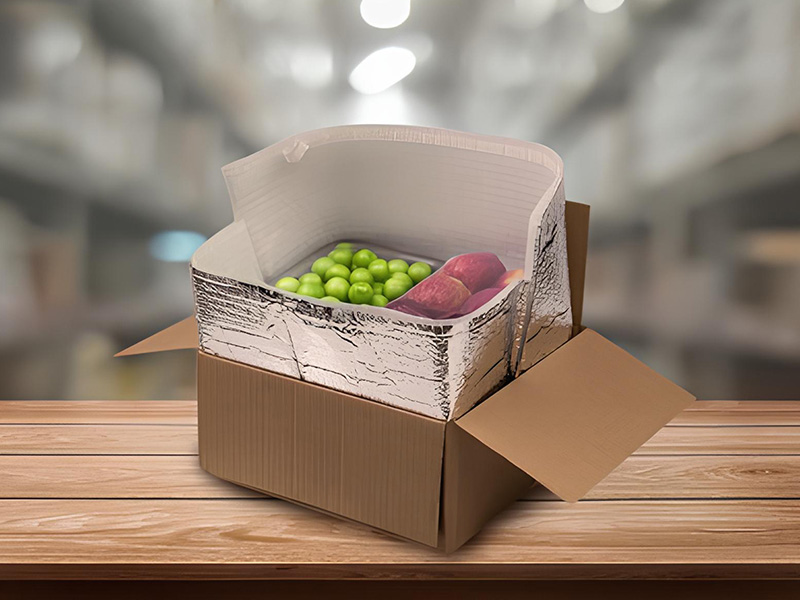
One of the major problems with vegetable packaging is spoilage. Poor ventilation and moisture control quickly produce spoils, hence leading to food and economic losses. Controlling these, packaging designs must be smartly made with vents that can facilitate airflow and prevent ethylene gas from building up, a naturally occurring plant hormone in vegetables, which encourages ripening and spoilage.
Equally important is the management of moisture. Vegetables are a high-water-content material, and poor packaging invites excess moisture to a point where it creates a humid environment in which mould and bacteria flourish. There are excess moisture-absorbing packaging materials that can be used to absorb excess moisture and help extend shelf life. These materials consist of specially designed inserts or breathable films.
Orange Packaging, in that respect, provides those solutions which are embedded with these features. Sandwich boxes and options for wrapping, produced by them, create a balanced environment by maintaining moisture and ventilation to provide extended freshness for the food items.
Customisation and Branding: Tailoring Packaging to Your Needs
Packaging customization goes far beyond an attractive appearance; it is about the development of packaging in tune with your brand identification, while at the same time, considering the practical needs of the product. In the case of sparkling vegetables, this will mean packaging that is practical and protective, yet catches the eye of consumers.
Packaging customization will let any company differentiate its product from others on the shelf and, in some aspects, even give the possibility to convey messages regarding its quality and sustainability. Orange Packaging offers a wide range of options, starting from pizza boxes up to takeaway boxes, where any company can print its logo or brand message. For vegetable producers, for example, this could even include the manufacturing of custom-printed boxes or bags that protect, secure, and market the produce inside.
You can share the requirements for size, shape, materials, and design with packaging suppliers and work together to deliver tailored solutions that fit each unique need. It is in this personalization where brands can actually create a distinctive experience in packaging for their consumers while ensuring freshness and protection for their products.

Cost-Effective Packaging: Balancing Quality and Budget
The major factor in any business is the cost of packaging. In fresh produce, the big challenge lies in balancing high-quality, protective packaging with budget realities. While superior protection and longer shelf-life-achieved with premium materials and advanced packaging technologies-may be preferred, they are also very expensive.
It's a view that companies really need to look at their packaging solutions to understand the value for money they get, considering durability and sustainability along with customization options while keeping an eye on the bottom line.
Making the Final Decision
The right packaging can help vegetables stay fresh until they reach the customer, protect products in transit and reinforce the brand. From pizza to sandwich boxes, from eco-friendly food bags to flexible wrapping materials, Orange Packaging has pioneering and innovative solutions for packaging your vegetables.
- Pizza Boxes: Keep pizzas fresh and intact during delivery.
- Burger Boxes: Maintain burgers' warmth and taste.
- Sandwich Boxes: Ensure sandwiches stay fresh on the go.
- Food Bowls: Stylish, secure options for various dishes.
- Food Bags: Eco-friendly and convenient for transporting foods.
- Wrapping: Protects food with materials like grease-proof paper, cling film, and aluminum foil.
- Cardboard Delivery Tray: Budget-friendly, eco-friendly trays for secure deliveries.
- Take Away Boxes: Ideal for keeping meals warm and delicious during transport.
For more information on packaging options, visit Orange Packaging UK.

